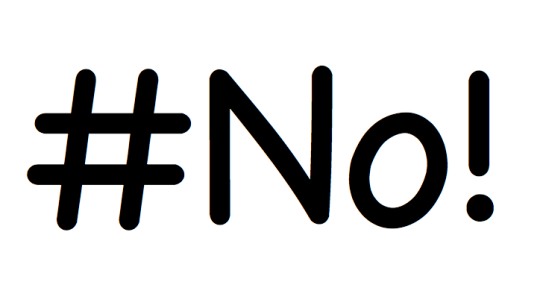Skills Presentation Unveiled
Think of your skills as a tapestry, woven with threads of expertise, experience, and personality traits. While most CVs unroll this tapestry as either a chronological narrative or a skills-based showcase, an effective presentation of your skills can make all the difference, irrespective of the CV format.
Categorise to Command Attention
Take a leaf out of a recently reviewed skill document that didn’t just list skills; it curated them. Grouping skills into categories such as “Transferrable Skills,” “Technical Skills,” and “Rare Skills” provides the reader with a curated experience, useful for both timeline-based and skills-based CVs.
Here’s an example list of skills categoriies:
- Agile Practices and Consulting
- Artificial Intelligence and Machine Learning
- Business and Management
- Craft
- Communication Skills
- Data Analysis and Management
- Education and Instruction
- Finance and Accounting
- Gaming and Entertainment Technology
- General
- Human Resources and People Management
- Innovation and Entrepreneurship
- Languages
- Leadership and People Development
- Life Skills
- Office and Administrative Skills
- Organisational Development
- Product Development
- Programming and Software Development
- Project and Software Management
- Quality Assurance and Testing
- Research and Development
- Security and Cryptography
- Social Media and Digital Marketing
- Software Engineering
- Systems and Network Administration
- Telecommunications
- Theory and Methods
- Training and Education
- User Experience and Design
- Web and Internet Technologies
- Writing and Publishing
Dive into Descriptive Detail
Generic skill descriptions won’t do you any favours. Instead of “good at teamwork,” think along the lines of “enhances teamwork through fostering emotional well-being and cross-functional collaboration.” These actionable descriptions add texture to your skills tapestry.
Clarity Trumps Jargon
Avoid alienating potential employers or collaborators who may not speak the lingo of your industry. In our exemplary document, complex skills were presented simply enough for anyone to grasp, making you relatable to a wider audience.
Your Unique Value Proposition
The example document featured a section on “Unique and Highly Valuable Skills,” setting it apart from the pack. If you have rare skills, don’t bury them. They’re your differentiators; give them the spotlight they deserve.
The “Unique and Highly Valuable Skills” section is akin to the showstopper in a fashion show. It’s the piece that, when done right, everyone remembers. This section provides an ideal platform to showcase rare abilities that set you apart from the general populace, offering potential employers or clients a glimpse into what makes you invaluable.
What Counts as Unique?
In the model document, this category included skills like “reading people accurately” and “possessing a photographic memory.” These aren’t your run-of-the-mill skills and can be decisive factors in certain roles.
For instance, if you’re in sales or counselling, the ability to “read” people could be transformative. If you’re in a research or teaching role, a photographic memory could mean the difference between hours of digging through notes and instant recall.
Contextualise Your Skills
Listing a unique skill is good, but framing it in a context that potential employers can relate to is even better. Let’s take the skill of “exceptional emotional intelligence.” On its own, it’s too broad. Reframe it to: “utilises high emotional intelligence to defuse workplace conflicts.” Now, you’ve not only highlighted your skill but also described its impact.
Don’t Shy Away from Niche Skills
Have a knack for advanced statistical modelling? Or perhaps, you’re a wizard at cloud-based cybersecurity? These might not apply to every job you’re interested in, but for the ones they do, they’ll make you stand out like a torch in a darkened room.
Examples of Unique Skills
- Conflict Mediation: “Employs advanced psychological techniques to mediate and resolve conflicts, leading to smoother business transitions.”
- Advanced Technological Proficiency: “Master of edge computing technologies, contributing to a 20% improvement in system efficiency.”
- Cultural Intelligence: “Demonstrates a deep understanding of various global business etiquettes, enhancing international business relations.”
Your unique skills are your hidden aces. They may not fit neatly into traditional categories, but they offer compelling evidence of your potential value in the right contexts. By highlighting and contextualising these unique skills, you elevate your professional profile, whether your CV is skills-based or chronological. Don’t miss the opportunity to let your unique skills shine.
Summary
Whether you opt for a skills-based or timeline-based CV, how you present those skills can be a game-changer. It’s not just about listing what you can do; it’s about showcasing who you are and the unique value you bring to the table. Make it count.



